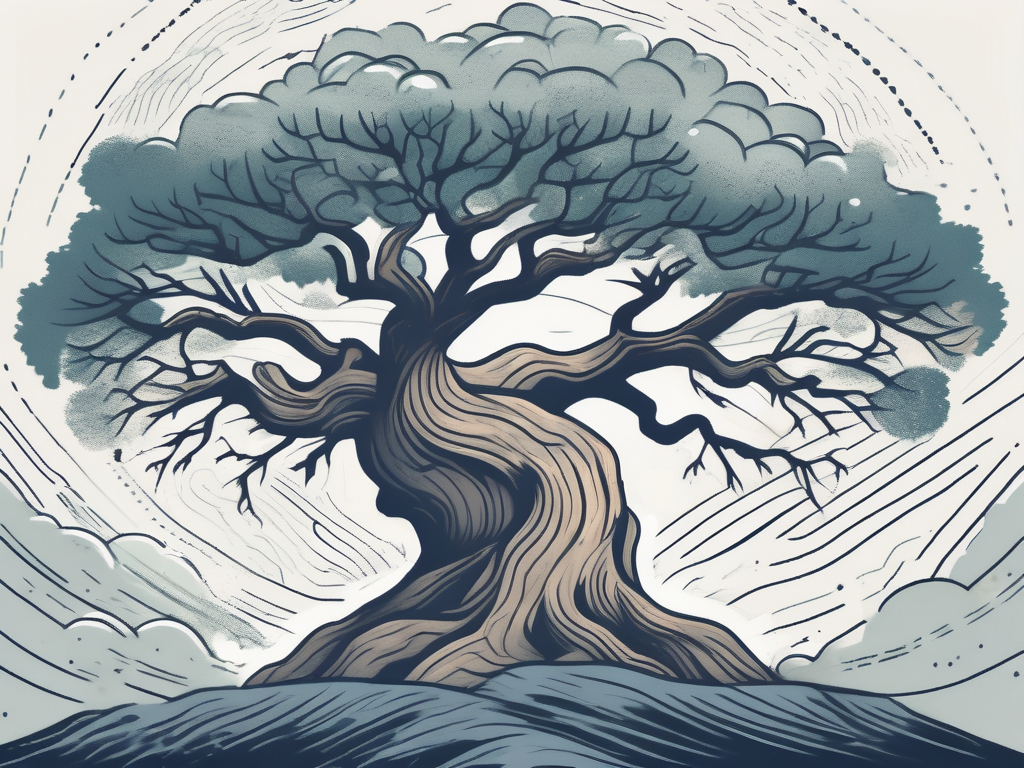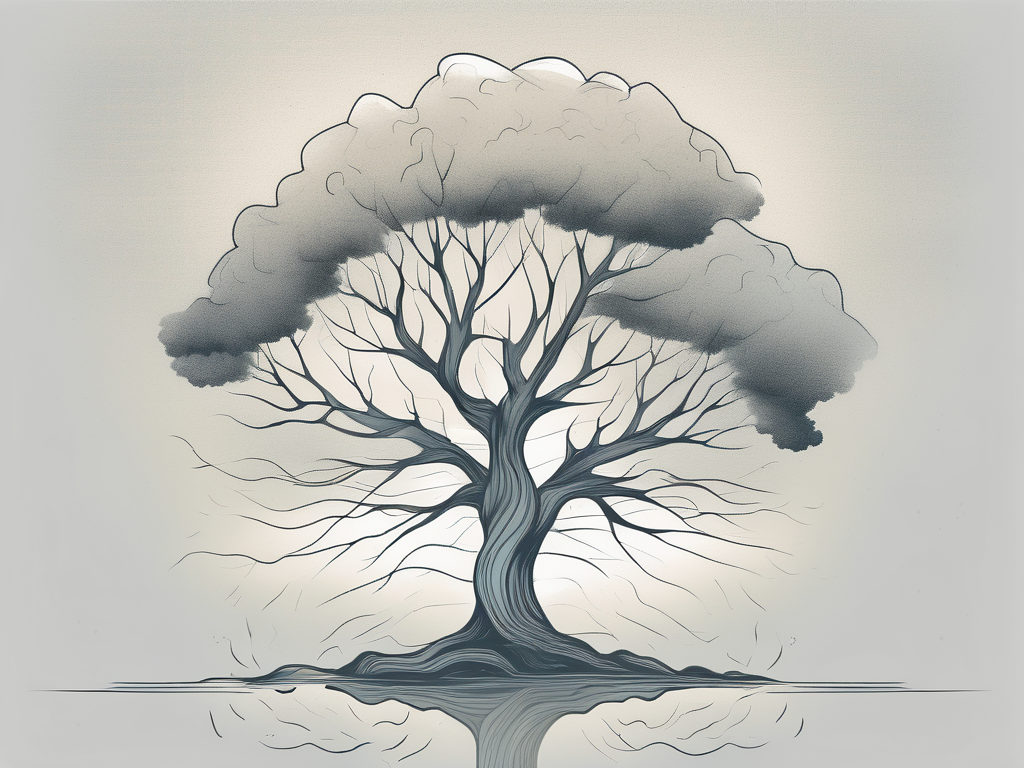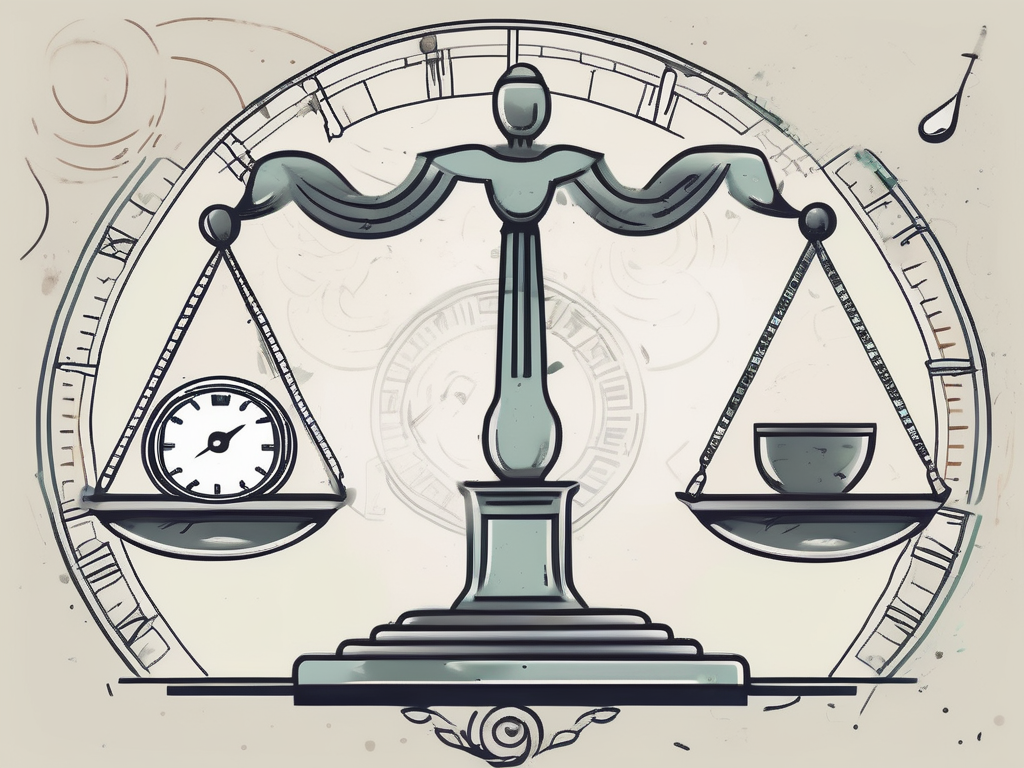In today’s fast-paced and chaotic world, finding inner peace and resilience can seem like an elusive quest. However, there is an ancient philosophy that offers valuable insights and practical tools for achieving these goals – Stoicism. With its roots dating back to ancient Greece, Stoicism has stood the test of time and continues to provide guidance on how to navigate life’s challenges with grace and equanimity. In this article, we will explore the philosophy of Stoicism, delve into its core principles, and discover how it can empower us to embrace resilience and cultivate inner peace.
Understanding Stoicism: A Brief History
Before we dive into the principles of Stoicism, it’s essential to grasp its historical context and philosophical roots. Stoicism was developed in the 3rd century BC by the Greek philosopher Zeno of Citium. Inspired by Socrates and the Cynics, Zeno sought to create a practical philosophy that could guide individuals to live a virtuous and fulfilling life.
Stoicism emerged during a time of great intellectual and philosophical exploration in ancient Greece. The city of Athens, in particular, was a hub of philosophical activity, with various schools of thought competing for attention and followers. Zeno, influenced by the teachings of Socrates and the Cynics, sought to synthesize their ideas into a coherent philosophy that could provide practical guidance for everyday life.
The philosophical landscape of ancient Greece was rich and diverse, with different schools of thought offering their own unique perspectives on how to live a good life. Stoicism, however, stood out for its emphasis on personal virtue and the cultivation of inner strength. It aimed to provide individuals with a framework for navigating the challenges and uncertainties of life, promoting resilience, self-discipline, and a sense of inner peace.
The Philosophical Roots of Stoicism
The philosophy of Stoicism draws from various schools of thought, such as Socratic philosophy, Cynicism, and even the teachings of the Cyrenaics. However, Stoicism evolved into a distinct school of thought under the stewardship of Zeno.
Socratic philosophy, with its focus on self-examination and the pursuit of wisdom, laid the foundation for Stoic ethics. The Cynics, on the other hand, emphasized the importance of living in accordance with nature and rejecting societal conventions. These influences, combined with Zeno’s own insights and reflections, gave rise to the unique blend of ideas that came to be known as Stoicism.
The Cyrenaics, a school of thought founded by Aristippus of Cyrene, also left their mark on Stoicism. While the Cyrenaics were known for their hedonistic philosophy, which advocated for the pursuit of pleasure as the ultimate goal in life, Stoicism took a different approach. It rejected the pursuit of external pleasures and instead focused on cultivating inner virtues and living in harmony with nature.
Key Figures in Stoicism
While Zeno was the founder of Stoicism, several key figures played vital roles in shaping and developing the philosophy over the centuries. Notably, the Roman philosophers Seneca, Epictetus, and the Emperor Marcus Aurelius are considered the pillars of Stoicism.
Seneca, a prominent Stoic philosopher and statesman, is known for his writings on ethics and practical wisdom. His letters and essays provide valuable insights into Stoic principles and offer guidance on how to live a virtuous life amidst the challenges of the world.
Epictetus, a former slave turned philosopher, focused on the importance of personal freedom and the power of the mind. His teachings emphasized the need to cultivate inner strength and resilience, regardless of external circumstances. Epictetus believed that true freedom lies in our ability to control our thoughts and attitudes, rather than being at the mercy of external events.
Marcus Aurelius, the Roman Emperor and Stoic philosopher, is perhaps the most well-known figure associated with Stoicism. His book, “Meditations,” serves as a personal journal of his reflections on Stoic philosophy and offers practical advice on how to live a good life. Marcus Aurelius’ writings provide a unique glimpse into the challenges and triumphs of a Stoic ruler, grappling with the complexities of power and the pursuit of virtue.
These key figures, along with many others, contributed to the development and spread of Stoicism throughout the ancient world. Their writings and teachings continue to inspire and guide individuals seeking to live a meaningful and fulfilling life in the modern era.
The Core Principles of Stoicism
At the heart of Stoicism lies a set of principles that govern how we can live a virtuous and resilient life. These principles provide a framework for approaching challenges, making decisions, and finding inner peace in a turbulent world.
Stoicism, an ancient philosophy founded in Athens by Zeno of Citium in the early 3rd century BC, has stood the test of time and continues to offer valuable insights into living a meaningful life. By embracing the core principles of Stoicism, individuals can navigate the complexities of existence with grace and wisdom.
The Four Virtues of Stoicism
Stoicism emphasizes the cultivation of four cardinal virtues: wisdom, courage, justice, and temperance. These virtues serve as guiding principles for Stoics, enabling them to lead a life of moral excellence and inner tranquility.
Wisdom, the first virtue, involves the pursuit of knowledge and understanding. Stoics believe that by continuously seeking wisdom, individuals can gain insight into the nature of reality and make informed decisions that align with their true nature.
Courage, the second virtue, is the ability to face challenges and adversity with bravery and resilience. Stoics understand that life is filled with obstacles and setbacks, and by cultivating courage, they can confront these difficulties head-on, without succumbing to fear or despair.
Justice, the third virtue, is the practice of fairness and equity. Stoics believe in treating others with kindness, empathy, and respect. By upholding justice, individuals contribute to the well-being of society and foster harmonious relationships with others.
Temperance, the fourth virtue, involves self-control and moderation. Stoics recognize the importance of restraining desires and impulses, as excessive indulgence can lead to dissatisfaction and imbalance. By practicing temperance, individuals can achieve a state of inner harmony and avoid the pitfalls of excess.
The Dichotomy of Control in Stoicism
One of the central tenets of Stoicism is the understanding that some things are within our control, while others are not. Stoics believe that the only things we have control over are our thoughts, attitudes, and actions. By focusing on what is within our control and accepting what is beyond it, we can free ourselves from the suffering caused by trying to control external circumstances.
This concept, known as the dichotomy of control, is a powerful tool for Stoics in navigating the ups and downs of life. By recognizing that external events are often beyond our influence, Stoics learn to focus their energy on what they can control – their own thoughts and actions. This shift in perspective allows them to cultivate inner resilience and maintain a sense of equanimity, even in the face of adversity.
Furthermore, the dichotomy of control encourages Stoics to embrace the impermanence of the external world. They understand that everything is subject to change and that clinging to attachments and expectations only leads to suffering. By accepting the transitory nature of life, Stoics can find peace and contentment in the present moment.
In conclusion, Stoicism offers a profound philosophy for living a virtuous and fulfilling life. By incorporating the four cardinal virtues of wisdom, courage, justice, and temperance, and embracing the dichotomy of control, individuals can navigate the complexities of existence with grace and resilience. Stoicism teaches us to focus on what is within our control, accept what is beyond it, and find inner peace amidst the ebb and flow of life.
Stoicism and Resilience: A Powerful Connection
Resilience is the ability to bounce back from adversity and maintain a positive outlook in the face of challenges. Stoicism offers a powerful framework for developing and nurturing resilience, allowing us to navigate life’s ups and downs with grace and strength.
But what exactly is Stoicism? Stoicism is an ancient philosophy that originated in Greece and was later adopted by the Romans. It was founded by Zeno of Citium in the early 3rd century BC and has since influenced countless individuals throughout history, including prominent figures like Marcus Aurelius, Seneca, and Epictetus.
The Stoic Approach to Overcoming Challenges
In Stoicism, challenges are viewed as opportunities for growth and self-improvement. Stoics believe that by embracing difficulties and cultivating a mindset of optimism and perseverance, we can transform obstacles into stepping stones on the path to personal development.
One of the key principles of Stoicism is the concept of “amor fati,” which translates to “love of fate.” This principle encourages individuals to accept and embrace whatever life throws at them, whether it be good or bad. By adopting this mindset, Stoics are able to find meaning and purpose in even the most challenging circumstances.
Building Mental Toughness through Stoicism
Stoicism teaches us to cultivate mental toughness – the ability to remain calm, focused, and resilient in the face of adversity. By practicing Stoic principles such as negative visualization and voluntary discomfort, we can strengthen our mental fortitude and develop the resilience needed to thrive in any situation.
Negative visualization involves contemplating worst-case scenarios and mentally preparing ourselves for them. By envisioning and accepting the worst possible outcomes, we become better equipped to handle unexpected challenges and setbacks. This practice not only helps us build resilience but also fosters gratitude for the present moment.
Voluntary discomfort, on the other hand, involves deliberately exposing ourselves to discomfort and hardship. By intentionally seeking out challenging situations, whether it be physical exercise or taking on difficult tasks, we train ourselves to become more resilient and adaptable. This practice allows us to develop a sense of control over our emotions and reactions, enabling us to face adversity head-on.
Stoicism also emphasizes the importance of focusing on what is within our control and letting go of what is not. By directing our energy towards things we can influence, such as our thoughts, actions, and attitudes, we can cultivate resilience and maintain a sense of inner peace, regardless of external circumstances.
In conclusion, Stoicism provides a powerful framework for developing and nurturing resilience. By embracing challenges, cultivating a mindset of optimism and perseverance, and practicing Stoic principles such as negative visualization and voluntary discomfort, we can strengthen our mental fortitude and navigate life’s ups and downs with grace and strength. Stoicism teaches us that resilience is not just about bouncing back from adversity, but also about using challenges as opportunities for growth and self-improvement. So, let us embrace the Stoic philosophy and unlock our true potential for resilience and personal development.
Achieving Inner Peace with Stoicism
Inner peace is a state of tranquility and harmony within oneself, even amidst the chaos of the external world. Stoicism provides valuable insights and practical techniques for achieving inner peace, allowing us to find serenity in the face of turmoil.
The Stoic Path to Serenity
Stoicism teaches us that inner peace is not contingent on external circumstances but is instead a result of cultivating a calm and clear mind. Through practices such as mindfulness, self-reflection, and detachment from external outcomes, we can find serenity and contentment regardless of the chaos around us.
Stoicism and Mindfulness: A Synergistic Relationship
Mindfulness, the practice of being fully present and aware in the present moment, is a powerful tool for achieving inner peace. Stoicism and mindfulness go hand in hand, as both philosophies emphasize the importance of cultivating awareness, acceptance, and non-reactivity to external events.
Practical Applications of Stoicism in Daily Life
While the teachings of Stoicism are profound and inspiring, their true value lies in their application to our daily lives. By integrating Stoic practices into our routines and decision-making processes, we can harness the power of resilience and inner peace.
Stoic Practices for Stress Management
Stress is an inevitable part of life, but Stoicism offers effective strategies for managing stress and finding calm amidst chaos. By practicing techniques like negative visualization, premeditation of adversity, and journaling, we can develop a greater capacity to handle stress and maintain our composure.
Using Stoicism for Decision Making
Decision-making can often be fraught with uncertainty and anxiety. Stoic principles can provide clarity and guidance when faced with difficult choices. By applying the Stoic framework of focusing on what is within our control, weighing the potential consequences, and aligning our choices with our values, we can make decisions with confidence and equanimity.
In conclusion, Stoicism offers a powerful philosophy for embracing resilience and cultivating inner peace in an increasingly chaotic world. By understanding the history and principles of Stoicism, and actively integrating its practices into our daily lives, we can tap into the power of this ancient philosophy to navigate challenges with grace, build resilience, and find serenity within ourselves. Embracing the power of Stoicism can be truly transformative – allowing us to live a life of authenticity, purpose, and lasting peace.












